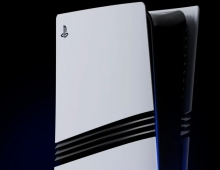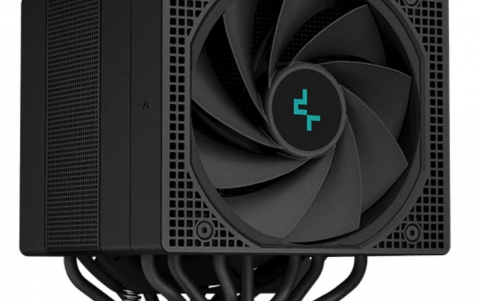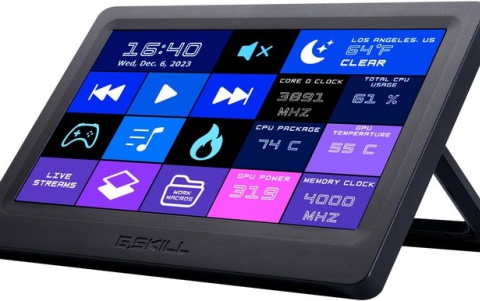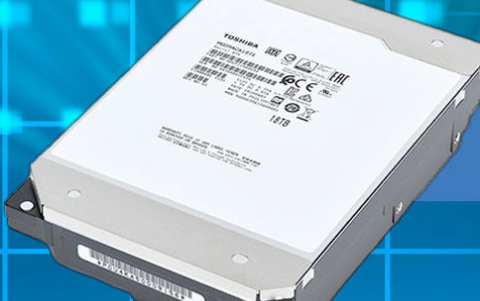
Sony and Toshiba to Develop 45-nanometer process technologies for next generation system LSI
Sony and Toshiba announced that they would collaborate in the development of highly advanced 45-nanometer (nm) process and design technologies for next-generation system LSI.
Under the terms of an agreement, the two companies will take their successful development of 65nm process technologies to the next level, with positive results expected in 2005.
Sony and Toshiba have worked together to pioneer IC process technology since May 2001, in a collaboration that has resulted in co-development of cutting-edge 65nm design process that will soon be applied to the sample products. The companies have decided to build on this achievement and to apply the design know-how and cutting-edge technologies gained from developing the 65nm process to next generation 45nm process technology.
Sony and Toshiba signed the joint development agreement in Tokyo and it calls for completion of the project by late 2005, with the ultimate goal of being first to market with 45nm know-how. The project will have a budget of 20-billion yen, to be shared by both companies, and approximately 150 engineers from the two companies are expected to work on the project at Toshiba's Advanced Microelectronics Center in Yokohama, Japan and Oita Operations in Kyushu island of Japan.
Sony and Toshiba have worked together to pioneer IC process technology since May 2001, in a collaboration that has resulted in co-development of cutting-edge 65nm design process that will soon be applied to the sample products. The companies have decided to build on this achievement and to apply the design know-how and cutting-edge technologies gained from developing the 65nm process to next generation 45nm process technology.
Sony and Toshiba signed the joint development agreement in Tokyo and it calls for completion of the project by late 2005, with the ultimate goal of being first to market with 45nm know-how. The project will have a budget of 20-billion yen, to be shared by both companies, and approximately 150 engineers from the two companies are expected to work on the project at Toshiba's Advanced Microelectronics Center in Yokohama, Japan and Oita Operations in Kyushu island of Japan.





















